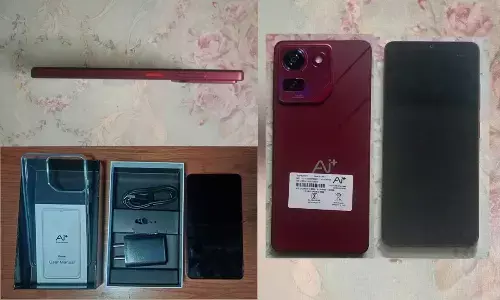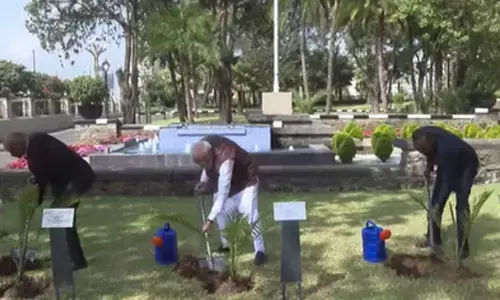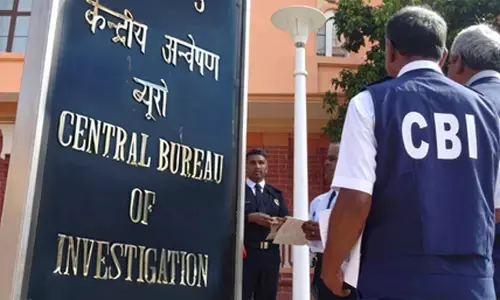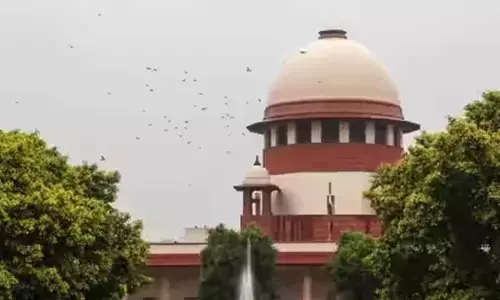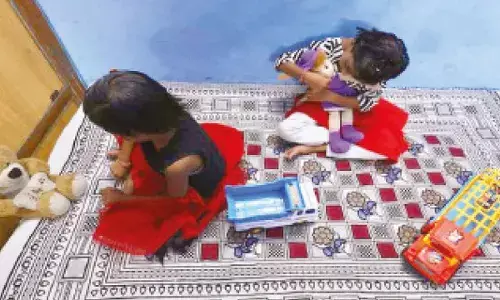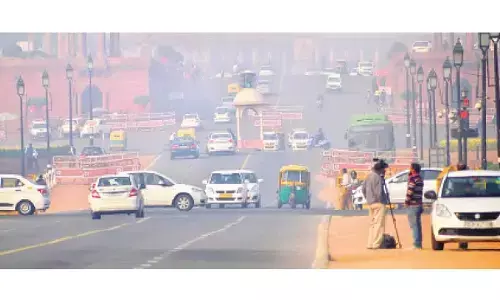A Castle Trail, in Slovakia

A Castle Trail, in Slovakia. Slovakia, a small land locked country in Central Europe, has a rich castle history. Travellers to Europe often take castle tours to study and appreciate castles.
 Slovakia, a small land locked country in Central Europe, has a rich castle history. Travellers to Europe often take castle tours to study and appreciate castles. Bratislava, the capital of Slovakia, boasts many beautiful tourist attractions, and castles seem to be foremost among them. Just 35 km northeast from Bratislava, a majestic ancient fortress called Cerveny Kamen Castle exists, with mighty bastions and vast interiors. Slovak national Museum at this castle showcases expositions of furniture of aristocratic residences between the 16th and the 20th century and a collection of weapons from the 15th to the 19th century. Last part of the exhibition is dedicated to the cellars and the fortification system of the castle.
Slovakia, a small land locked country in Central Europe, has a rich castle history. Travellers to Europe often take castle tours to study and appreciate castles. Bratislava, the capital of Slovakia, boasts many beautiful tourist attractions, and castles seem to be foremost among them. Just 35 km northeast from Bratislava, a majestic ancient fortress called Cerveny Kamen Castle exists, with mighty bastions and vast interiors. Slovak national Museum at this castle showcases expositions of furniture of aristocratic residences between the 16th and the 20th century and a collection of weapons from the 15th to the 19th century. Last part of the exhibition is dedicated to the cellars and the fortification system of the castle.History of the Red Stone Castle (Cerveny Kamen) dates back to the period of the 13th century, namely year 1240, built on the Queen Konstanz assets. Originally the medieval castle was part of a network of border fortifications consisted of castles and western borders of Hungary. In the short period before 13th century until the beginning of the 16th century the castle had several owners of the Hungarian nobility. The castle was designed by the Thurzo family primarily as a home with a large and defensible built-in storage area for valuable goods. However, due to a change in fortunes partly due to the expense of building the place, it was soon sold to another aristocratic family. It became the family seat of this family, the potent Palffys, and for this reason, was damaged in the rebel uprising of 1705. The later owners, Fuggers had it rebuilt into a mighty fortress with a new bulwark system that had belonged to the top of the then military engineering. Later partial alterations had changed the castle's design to a Renaissance-Baroque fortified residence. Rebuilding the medieval castle into the renaissance fortress required an investment and a lot of money and time. Since 1537 the castle was gradually demolished as to clear an area for construction of four protective bastions connected with walls and a single residential wing. That was how the modern renaissance fortress was constructed according to the modern knowledge of contemporary architecture. It was adapted for an effective protection of everything hidden in spacious storerooms (cells).
Business plans of the Fugger family in this part of Europe grew gradually weaker. The reason was an increasing danger of Turks´ attacks. Therefore they decided to sell the castle. Many buyers were interested in purchasing the castle but only one could be the winner. In 1588, the young Baron Mikulas II Palfi finally became the owner of the whole estate. The next centuries did not bring any significant changes in the shape and outward aspect of the castle. The last owner of Palfi family left in 1945. Thereafter, the castle was proclaimed a national cultural property.
The Museum in the castle keeps rich collections of historical furniture and a gallery of paintings. Frequently restored over the centuries, today Cerveny Kamen houses a remarkable exhibition of furniture and furnishings in its many rooms. The museum specialises in the development of the culture of the nobility and bourgeois in Slovakia.
What you will see:
1. Cannon bastions
2. Extensive cellar
3. Pharmacy
4. Well
5. Baroque fountain
6. Contemporary furniture and weapons
7. Pressroom
8. Saloons
9. Chapel
Red Stone Castle- Tours
I. Museum Circle
The basic route leads through 24 richly furnished spaces. The visitors pass through the salons, bedrooms, dining room and knight hall where installation of contemporary interior equipment of nobility can be viewed dating from after the Renaissance period to Secede period. In Exposition rooms you can see an interesting collection of historical weapons, valuable porcelain and portraits. You can also see the original interior of the castle: pharmacy, Sala Terrena, library and chapel. Underground fortress which is one of the largest in Central Europe is also a part of the circle.
II. Renaissance Fortress Circle
The guided tour brings visitors to the period of the 16th century, i.e. period of Fugger Renaissance fortress and a unique defence system constructions of the Red Stone Castle. This circle passes through the bridge, Castle trench, large cellar, pressroom, and all four bastions: the western, southern, eastern and northern. The route is difficult for some with physical conditions, as there are several dozen stairs to pass.
Next Story










